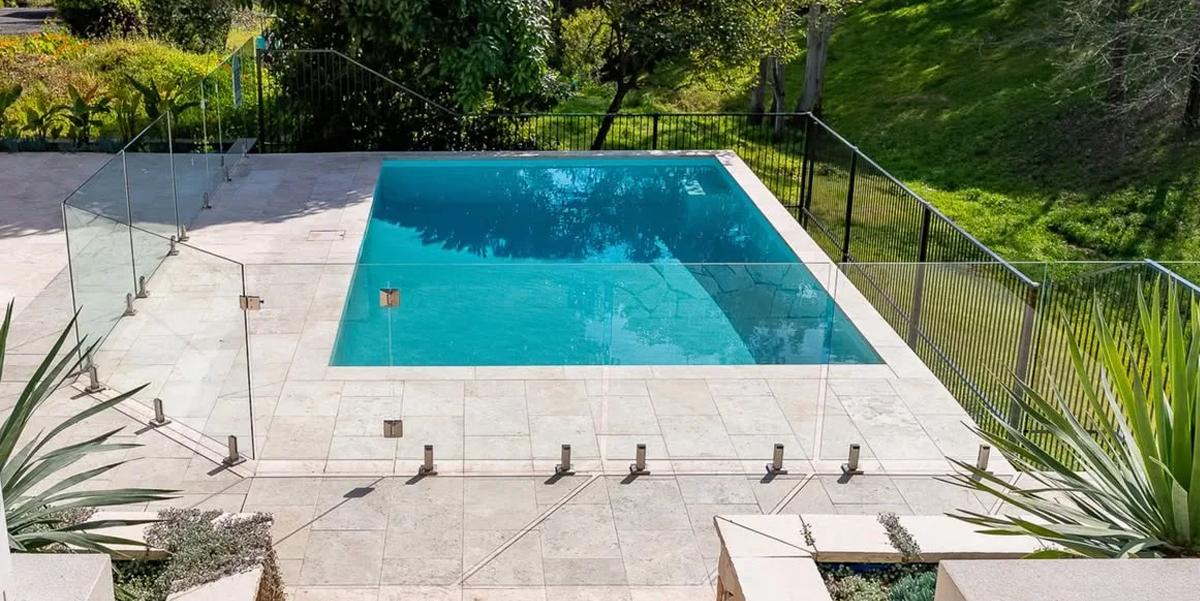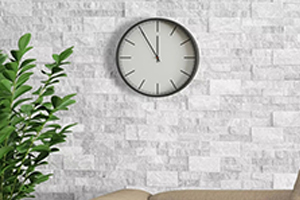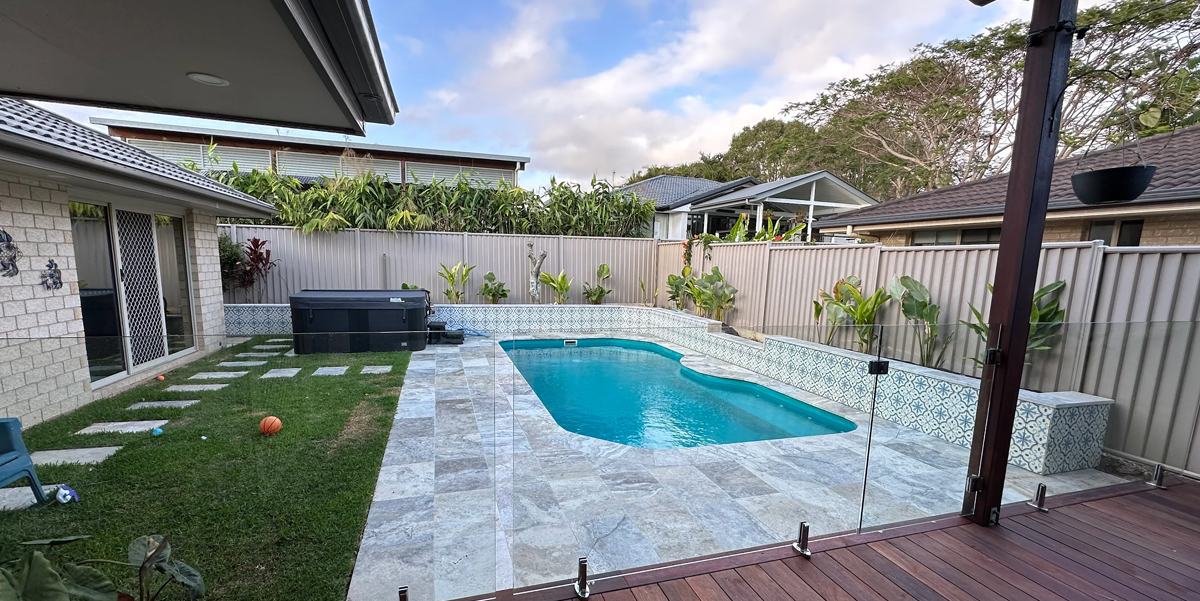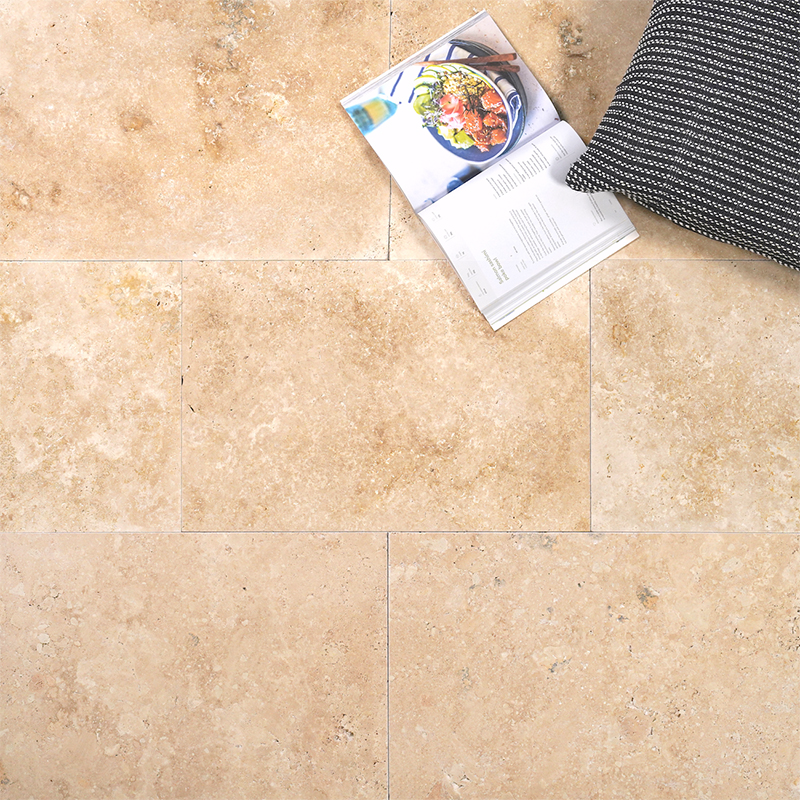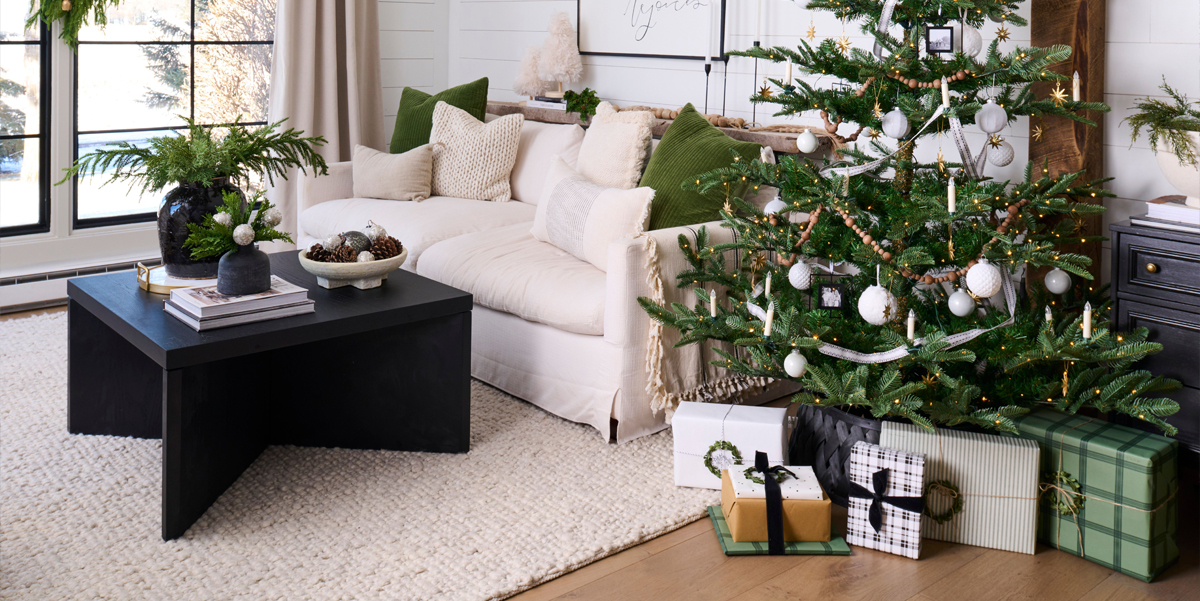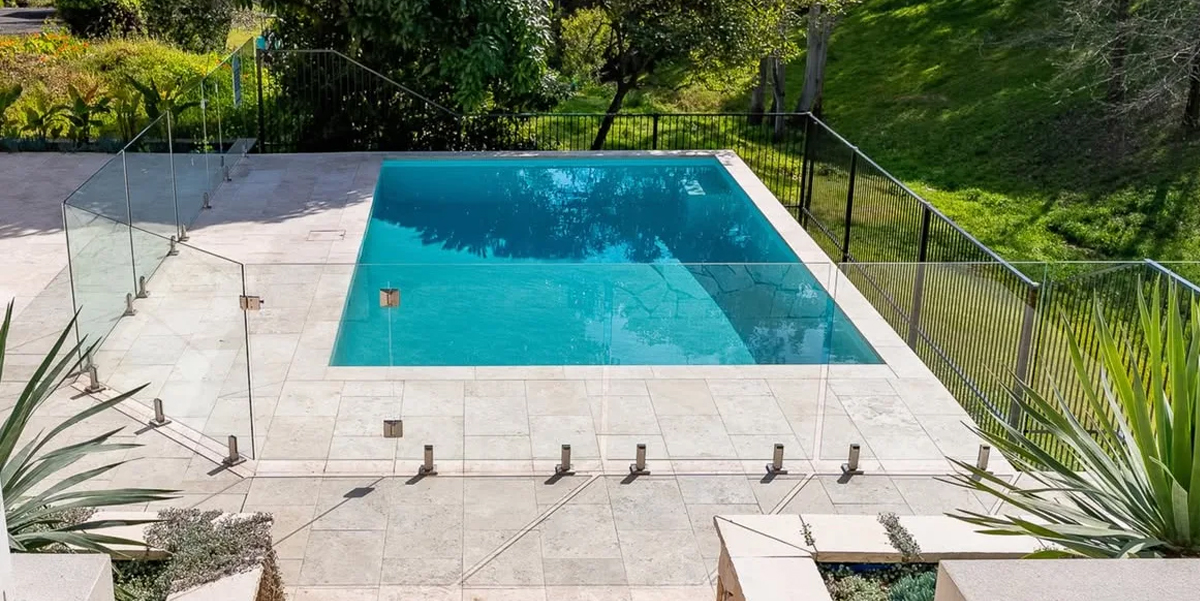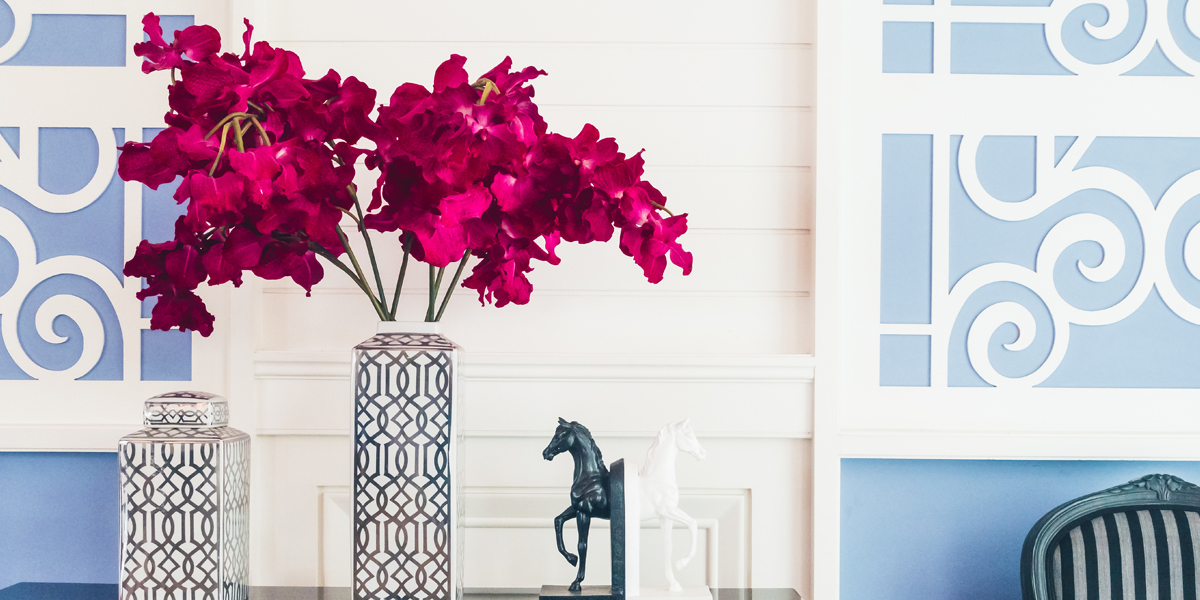When it comes to designing your pool area, safety is just as important as style. Tripping hazards around your pool can be dangerous, but with a few smart design choices and the right materials, you can create a space that is both beautiful and safe. From choosing slip-resistant materials to planning level transitions, this guide will help you avoid accidents while keeping your poolside stylish and functional.
Nothing ruins a peaceful day by the pool like worrying about slipping or tripping. Even small uneven edges or slippery surfaces can lead to serious accidents. That is why giving the right attention to your pool surrounds is very important. From materials to layout and drainage, everything should be considered carefully. Choosing quality materials, such as Travertine pool coping, makes a big difference in both safety and style.
By thinking ahead, you can have a pool area that looks amazing and is safe for everyone. In this blog, we will break down common hazards, design tips and the best materials to use, so you can enjoy your pool without any stress.
Common Causes of Tripping Hazards
Before we jump onto the solutions, let’s know the common causes of poolside trips and falls.
- Uneven paving or edges. Even a small raised edge can catch your foot.
- Slippery surfaces. Water is everywhere near a pool, so extra smooth stones or tiles can get slippery fast.
- Poorly designed transitions. Steps, coping or deck levels that don’t line up properly can cause stumbles.
- Cluttered pathways. Pool furniture, pots or toys in the way create obstacles.
- Low lighting. At night, even the smallest step can be tricky to see.
Design Tips to Prevent Tripping and Slipping Accidents
1. Plan for Level Transitions
One of the easiest ways to prevent trips is to make sure all your surfaces are level. This includes pool steps, deck and pool coping. Even transitions between your pool deck and paving reduce the chance of someone catching their foot on a raised edge.
2. Choose Slip-Resistant Materials
When picking pavers, think about how they feel underfoot when wet. Materials like Travertine, Limestone, Bluestone or Marble have the intrinsic ability to provide sturdy grip even after a splash. These days, Travertine pool coping is in high demand amongst homeowners and designers. It is not only stylish but also a safe choice, giving you a perfect balance between elegance and practicality.
3. Maintain Consistent Joint Gaps
Uneven gaps between your swimming pool coping pavers can create tripping points. Make sure joints are filled correctly and consistently, so there is no sudden change in height that can catch someone off guard. Even small inconsistencies can become a problem, especially around steps and corners.
4. Mind the Drainage
Water pooling in your pool surrounds is a big cause of accidents by slipping and tripping. That is why good drainage is very essential. Ensure your pool area slopes slightly away from the pool and that any drains are clear. That way, water doesn’t sit on your stones and your pool coping stays dry and safe.
5. Add Adequate Lighting
Lighting is not just about creating aesthetic ambiance. You should also take it as a safety feature. Installing LED step lights or pathway lights around your pool helps everyone see the edges and steps clearly at night. Proper lighting ensures you can enjoy your pool after sunset without worrying about trips or falls.
Maintenance Matters
Even the safest design needs a bit of care. Keep your pool area free from algae, dirt or debris that can make surfaces slippery. Regularly sweep your pool and mop your swimming pool coping pavers occasionally with a pH-neutral cleanser and a microfibre mop. Sealing your stones every few years not only preserves their look but also keeps them less slippery. A little maintenance goes a long way in preventing accidents.
Conclusion
Your pool should be a place to relax and enjoy, not a source of stress or accidents. By planning in advance, choosing the right slip-resistant materials, paying attention to joint gaps, drainage and lighting, you can avoid tripping hazards entirely.
So, go ahead, create the poolside of your dreams, one that is elegant, functional and safe for everyone.
*Disclaimer: All information and advice given above in the blog are to the best of our knowledge. Please reconfirm at your end before execution.
